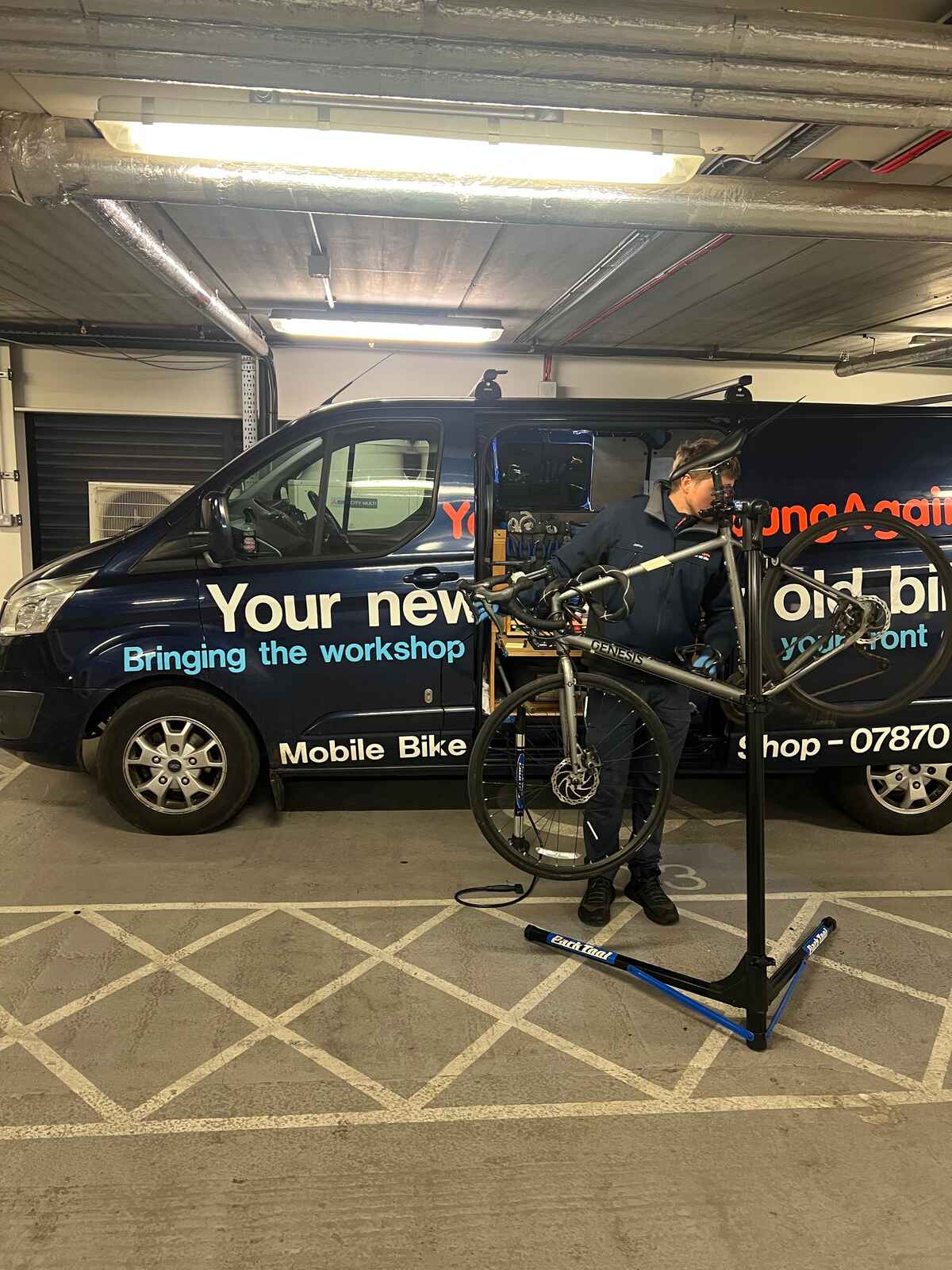December 11, 2025
•
3 minute read
Setting the Right Price: A Guide to Competitive and Fair Repair Service Costs
As a bike repair service provider, you understand the value you bring to your customers. But when it comes to setting prices, things can get a little tricky.
Ryan Elson
Founder & CMO
As a bike repair service provider, you understand the value you bring to your customers. But when it comes to setting prices, things can get a little tricky. You want to be competitive, but you also don't want to undervalue your expertise. So, how do you find that sweet spot where your prices are fair for both you and your customers?
Factors to Consider When Setting Repair Service Prices
Here are some key factors to consider when setting your prices:
- Your costs: This includes everything from the cost of materials and labor to your overhead expenses like rent and utilities. Make sure you factor in all your costs to ensure you're not operating at a loss.
- The market: Research what your competitors are charging for similar services. This will give you a good starting point, but don't be afraid to adjust your prices based on your unique value proposition.
- The job itself: Consider the complexity of the job, the time it will take to complete, and the parts required. A simple repair should naturally cost less than a major overhaul.
- Your target customer: Who are you trying to reach with your services? Are you targeting budget-conscious customers or those willing to pay a premium for quality and convenience? Understanding your target market will help you set prices that they're willing to pay.
- Your experience and expertise: Don't be afraid to charge what you're worth! If you have years of experience and a proven track record of success, you can command a higher price than someone who is just starting out.
Pricing Strategies for Different Repair Services
There are a few different pricing strategies you can use, depending on the type of repair service you offer:
- Hourly rate: This is a simple and straightforward way to price your services. You simply charge your customers by the hour, regardless of the job. This can be a good option for smaller jobs or when it's difficult to estimate the time it will take to complete the repair.
- Flat rate: With flat-rate pricing, you charge a set price for a specific service, regardless of the time it takes to complete. This can be a good option for customers who want to know exactly how much they'll pay upfront, but it can be risky for you if the job takes longer than expected.
- Package pricing: This involves bundling multiple services together into a package and offering a discount for the whole package. This can be a good option for customers who need multiple repairs done at once, and it can also help you increase your revenue.
Tips for Setting Competitive and Fair Prices
Here are a few additional tips for setting competitive and fair prices:
- Be transparent: Clearly communicate your pricing to your customers upfront. There should be no surprises when it comes to the bill.
- Offer discounts: Consider offering discounts for seniors, veterans, or first-time customers. This can help you attract new customers and build loyalty.
- Get feedback: Ask your customers for feedback on your prices. This can help you make sure you're charging what they're willing to pay.
Remember, there is no one-size-fits-all approach to pricing repair services. The best way to find the right prices for your business is to consider all of the factors mentioned above and experiment until you find what works best for you.



